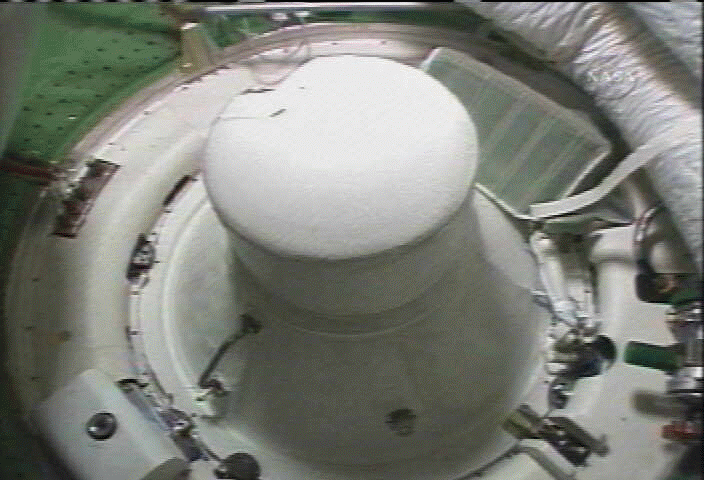Space Shuttle Discovery is still set for a launch on October 23rd. Launch pad processing for the STS-120 mission is continuing very well. However, there is no longer any contingency left in the processing flow. If now there is any unexpected problem, the launch date will most probably be delayed. Except, of course, the Wizards at NASA manage to make up for lost time once again (they have done it numerous times, for example on the shuttle landing gear strut repair). But: don’t let’s even think about delays and remain optimistic.
The next big action to come is todays Flight Readiness Review (FRR). This is an agency-level FRR, which means that the senior level meets and finds final decisions. Most importantly, it will be decided if Discovery needs to be rolled back due to anticipated problems with the wing leading edge heat shield. From what can be read on forums and the NASA homepage, this is unlikely but still a possibility. Let’s hope the problem is not that bad and the FRR able to give a go for the launch. If they do, we will also receive final word on the actual target launch date. It is still anticipated to be October, 23rd. Even if it slips, it will only be a day or two if they do not need to rollback.
So it will be a very important day today. There is a news conference scheduled after the FRR. It will be held no earlier than 3pm EDT (7pm GMT). Depending on how late it actually is, I may miss it and get the news only tomorrow morning.
Stay tuned …



